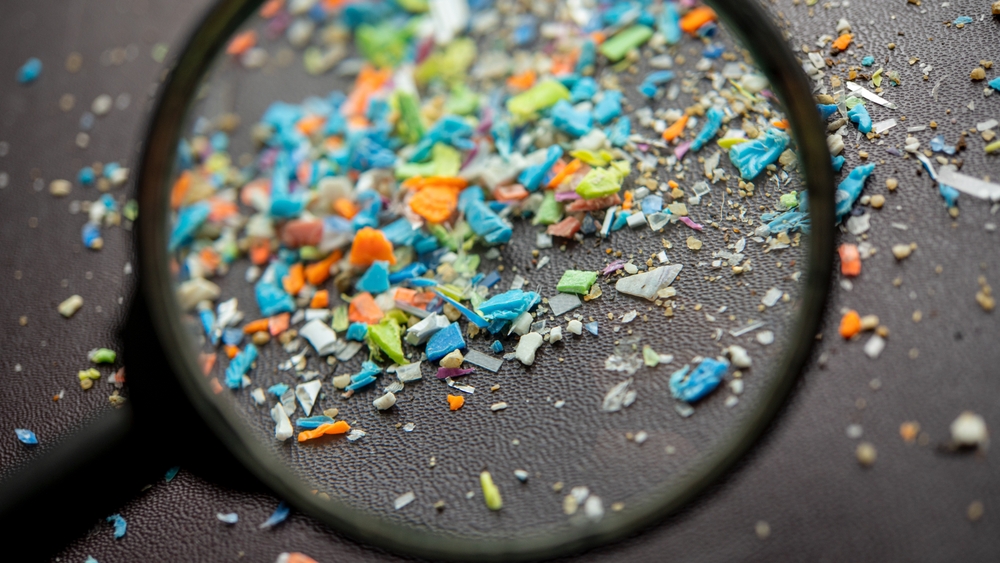Microplastics, tiny particles of plastic less than five millimeters in size, have emerged as one of the most insidious environmental threats of the 21st century. They are ubiquitous in the environment, infiltrating ecosystems and affecting everything from the oceans to our food systems, from terrestrial habitats to the air we breathe. Despite their small size, microplastics have profound implications for human health, biodiversity, and the overall well-being of the planet.
Advertisement
This article delves into the origins of microplastics, their pervasive impact, and the global efforts to tackle this growing problem. It also explores the potential consequences of the microplastic crisis and examines the ways in which human activities have contributed to the spread of these pollutants. Lastly, it discusses potential solutions and the steps that must be taken to mitigate their impact.
What Are Microplastics?
Microplastics are defined as plastic particles that are smaller than 5 millimeters in diameter. These particles can be either primary or secondary in nature.
-
Primary Microplastics: These are intentionally manufactured small plastic particles that are incorporated into products such as cosmetics, cleaning agents, and personal care items. Examples include microbeads found in facial scrubs or toothpaste, which are designed for exfoliation but end up washed down the drain and into the environment.
-
Secondary Microplastics: These arise from the breakdown of larger plastic objects, such as plastic bottles, bags, and packaging materials. Over time, UV radiation from the sun, physical abrasion, and chemical weathering break down larger plastic items into smaller and smaller particles, eventually becoming microplastics. This process is accelerated in marine environments, where plastics can be broken down by wave action and currents.
While they are minuscule in size, microplastics are capable of accumulating in vast quantities in the environment. They are often invisible to the naked eye but pose a significant threat due to their long-lasting presence and ability to infiltrate natural systems.
